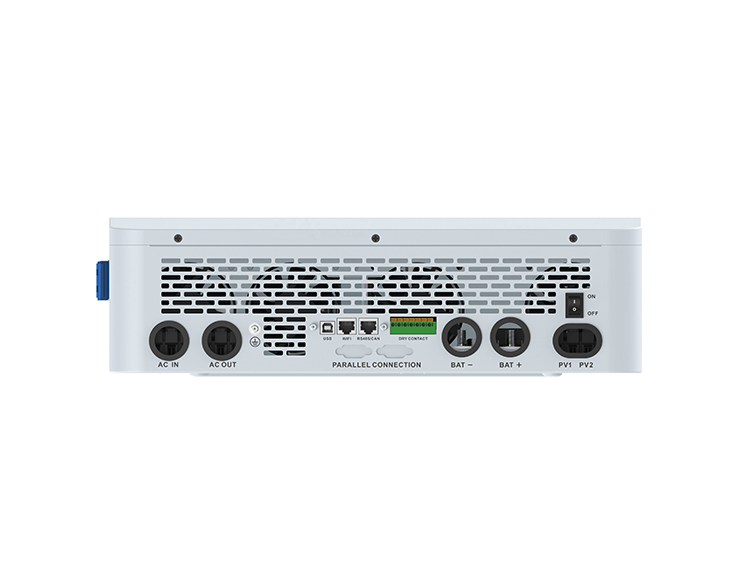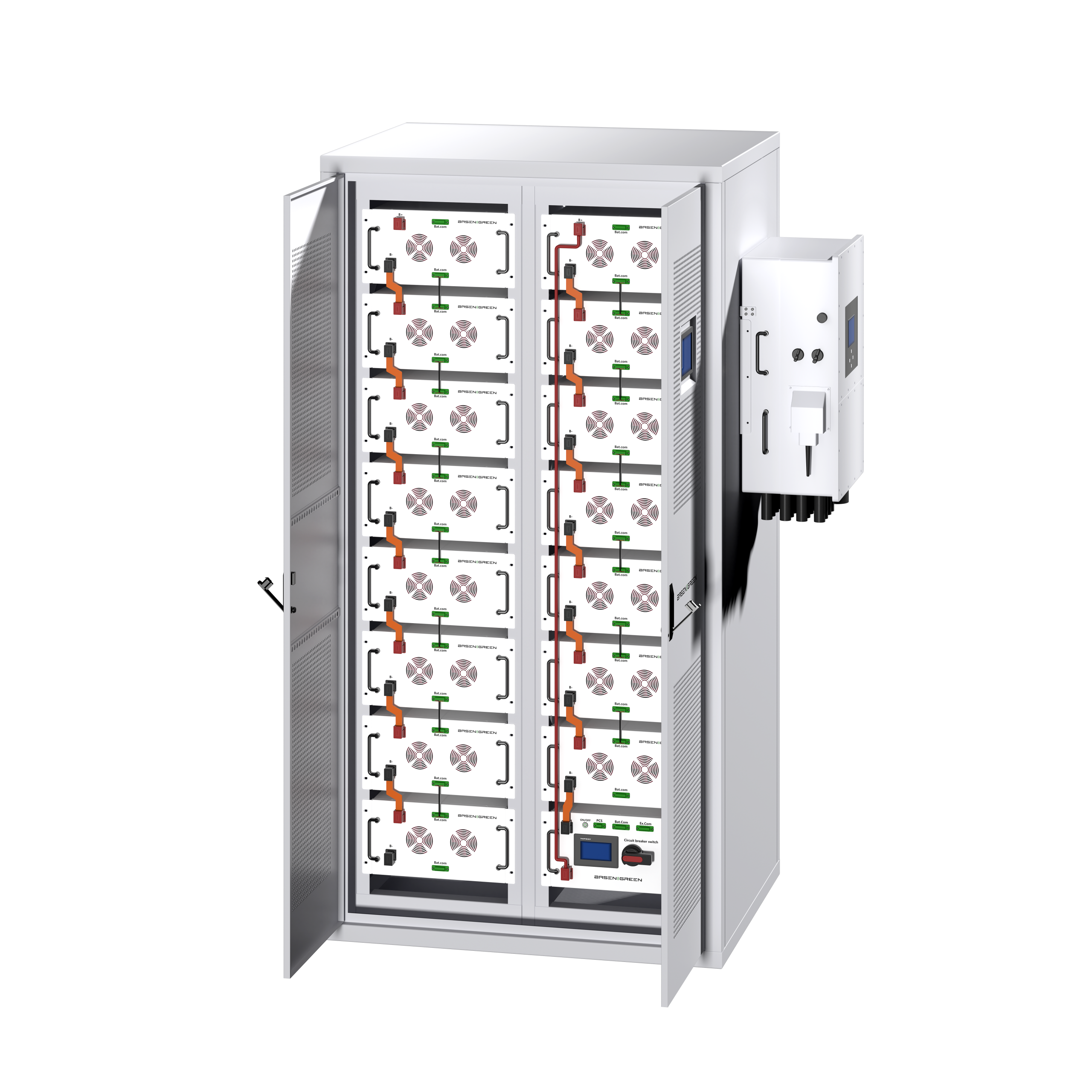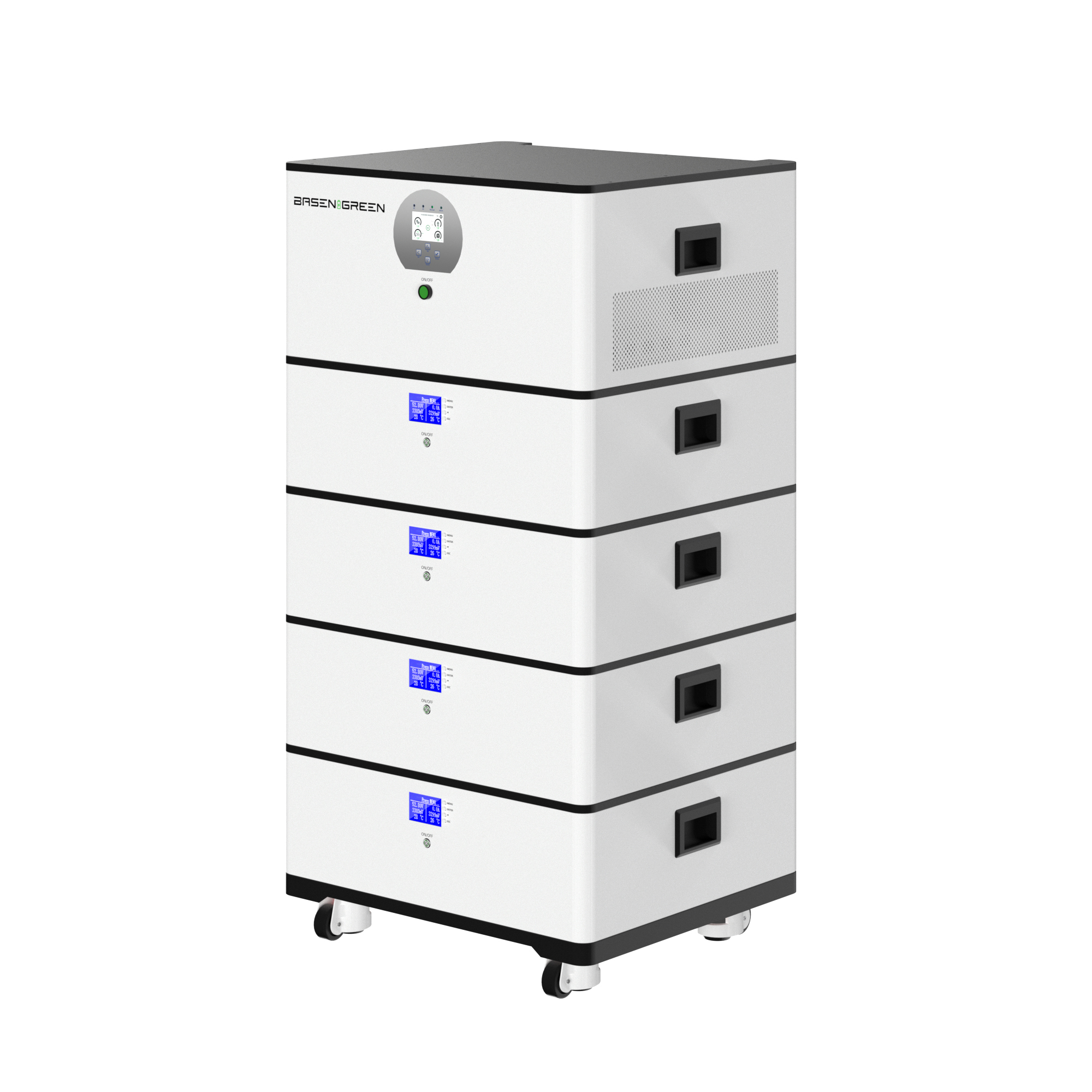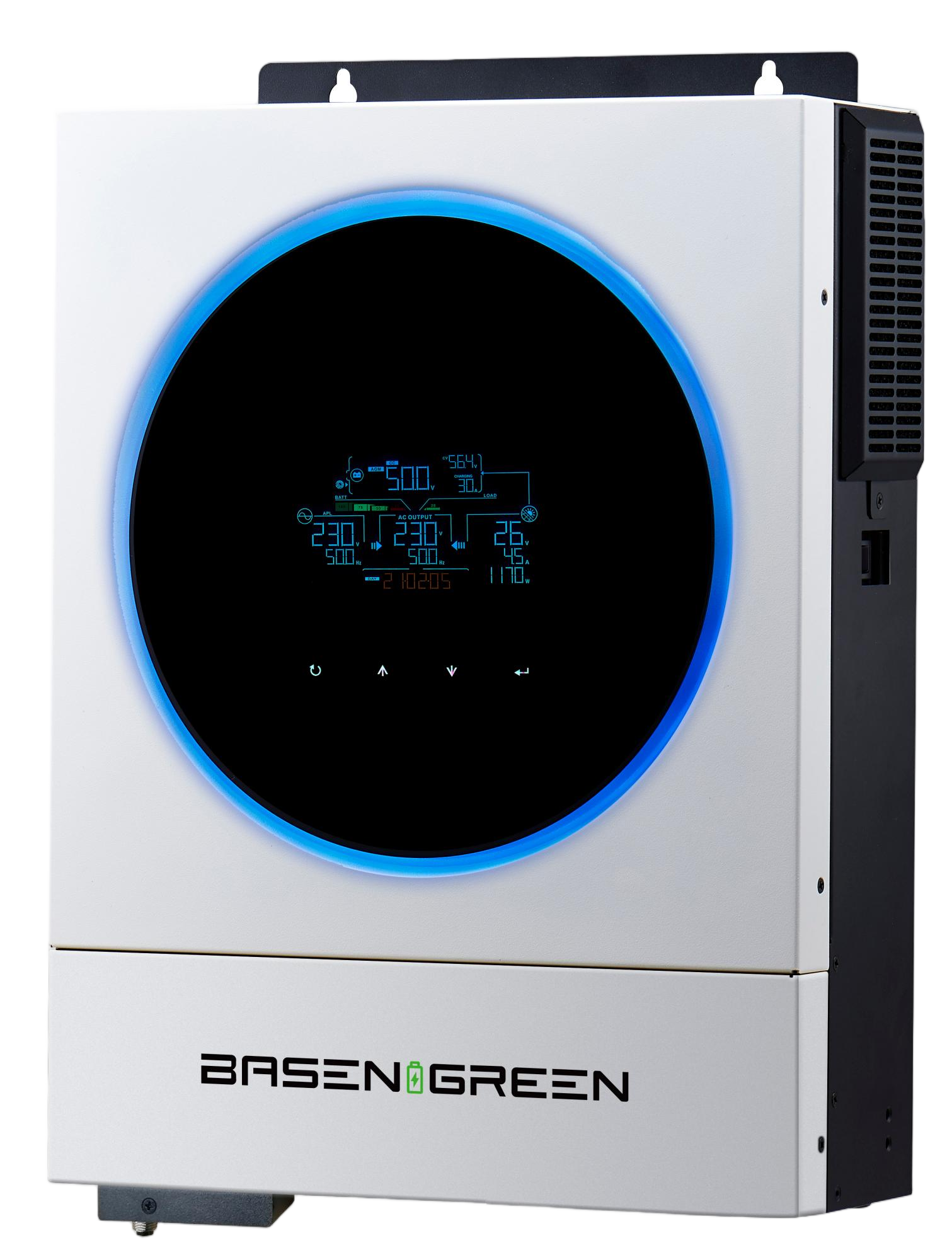Progress on ChatGPT Voice Control for Deye Inverters
In recent years, the integration of advanced technologies into home appliances and industrial equipment has become a focal point of innovation. Among these advancements, the development of voice control systems for inverters has gained significant attention. Deye inverters, a leading brand in the renewable energy sector, has made notable progress in incorporating ChatGPT-based voice control systems. This article explores the latest developments in this field and highlights the potential benefits for users.

Understanding Deye Inverters and Their Role in Renewable Energy
Deye inverters are essential components in solar energy systems. They convert the direct current (DC) power generated by solar panels into alternating current (AC) power, which is used to power homes and businesses. Inverters play a critical role in the efficiency and reliability of solar energy systems, making them a key focus for innovation.
The Emergence of Voice Control in Inverters
Voice control technology has been increasingly integrated into various devices, from smartphones to home appliances. The ability to control devices using voice commands offers a convenient and intuitive user experience. In the context of inverters, voice control can allow users to adjust settings, monitor performance, and receive real-time updates without the need for physical interaction.
ChatGPT, a state-of-the-art language model developed by OpenAI, has been at the forefront of natural language processing (NLP) technology. Its ability to understand and generate human-like text has made it a valuable tool for creating voice control systems. By leveraging ChatGPT, Deye inverters can now offer a more sophisticated and user-friendly voice control experience.
Key Features of ChatGPT-Based Voice Control for Deye Inverters
Intelligent Command Recognition: ChatGPT’s advanced NLP capabilities enable the inverter to understand a wide range of voice commands. Users can issue commands such as “Increase the output power,” “Check the current efficiency,” or “Provide a status update” in natural language.
Contextual Understanding: Unlike traditional voice control systems that rely on pre-defined commands, ChatGPT can understand the context of a user’s request. This allows for more flexible and dynamic interactions. For example, if a user says, “The system is running inefficiently,” the inverter can analyze the issue and provide specific recommendations.
Real-Time Feedback: The integration of ChatGPT allows for real-time feedback and adjustments. Users receive immediate responses to their commands, ensuring that the inverter operates optimally at all times.
Integration with Smart Home Systems: Deye inverters with ChatGPT-based voice control can seamlessly integrate with other smart home systems. This enables users to control their inverters through voice assistants like Amazon Alexa or Google Home, further enhancing the overall smart home experience.
Benefits of Voice Control for Deye Inverters
Enhanced User Experience: Voice control simplifies the operation of inverters, making them more accessible to a broader range of users, including those who are not technically inclined.
Improved Efficiency: By allowing users to monitor and adjust inverter settings in real-time, voice control can help optimize energy production and consumption, leading to greater efficiency.
Remote Access and Control: With voice control, users can manage their inverters from anywhere, ensuring that their solar energy systems are always running smoothly, even when they are not physically present.
Scalability and Future-Proofing: As technology continues to evolve, ChatGPT-based voice control systems can be easily updated and enhanced, ensuring that Deye inverters remain at the cutting edge of innovation.
Challenges and Future Directions
While the progress in ChatGPT-based voice control for Deye inverters is promising, there are still challenges to address. One major challenge is ensuring the accuracy and reliability of voice commands in noisy or ambiguous environments. Additionally, the integration of voice control with existing systems may require careful planning and coordination.
Looking ahead, the development of more advanced NLP models and the improvement of voice recognition technology will further enhance the capabilities of ChatGPT-based voice control systems. Potential future directions include the integration of machine learning algorithms to predict and respond to user needs proactively, as well as the expansion of voice control to other types of renewable energy systems.
The integration of ChatGPT-based voice control into Deye inverters represents a significant step forward in the evolution of renewable energy technology. By offering a more intuitive, efficient, and user-friendly experience, this innovation has the potential to revolutionize the way we interact with and manage solar energy systems. As technology continues to advance, the possibilities for further improvements are immense, paving the way for a smarter and more sustainable future.






